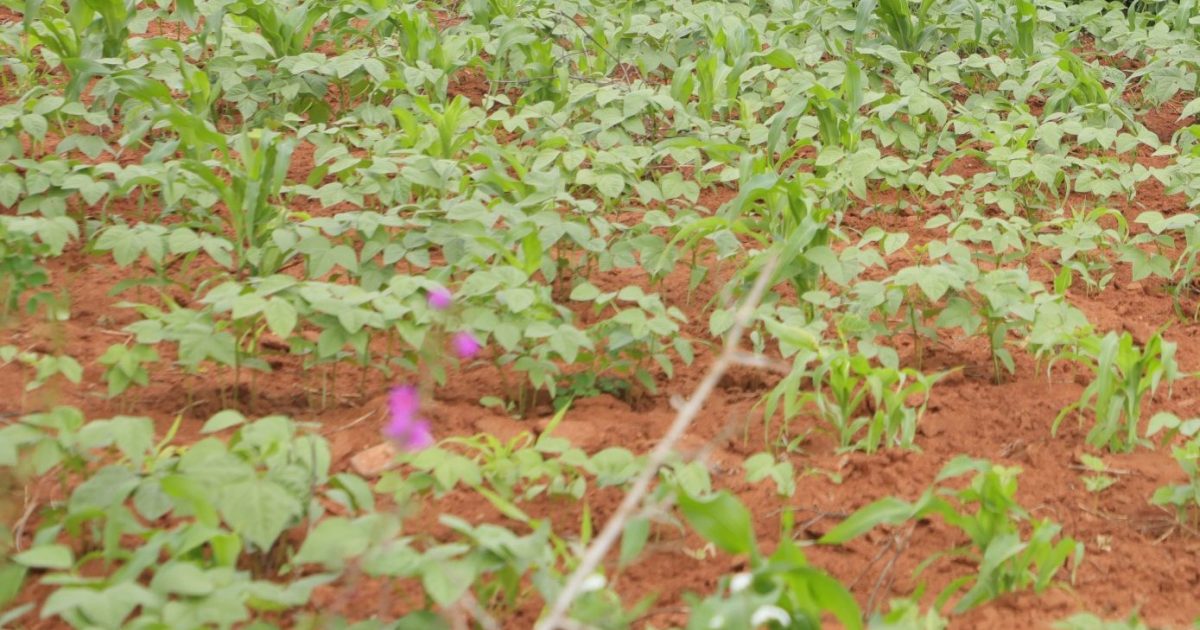A pioneer group of small-scale farmers from Mwambiti and Marungu areas of Voi Sub-County have their sights set on green grams and sunflower farming as well as rearing improved chicken and goat breeds in a move to counter drought, massive crop failure, and widespread poverty.
Bernice Mwasa, a farmer from Marungu says the new shift in their crop and animal husbandry has been necessitated by far-reaching effects of climate change that has left them without any harvest for six rainy seasons in a row.
“We cannot continue like this as the effects of climate change consistently deny us any meaningful harvest season after the other. We’ve decided to change from traditional crops and animal breeds,” said Bernice.
The locally bred initiative has picked up motion and is now a matter being considered for implementation by the county government across all the county’s arid and semi-arid areas in partnership with the national government and donors.
Detailing the county government’s plan and structure to address climate change through smart agriculture practices when he met farmers from Mwambiti, County Executive Committee Member for Agriculture, Livestock, Fisheries and Irrigation, Erickson Kyongo said there is an elaborate scheme to empower, train, and support all farmers in drought-prone areas in food security, and wealth creation.
The executive member further added the county’s administration already has won strategic partners from the national government, non-governmental organisations, and other private stakeholders in efforts to avail resources to support and train grass root farmers and also create farmer-eccentric value addition food chains and marketing avenues.
“We already have strategic partners from the national government, NGOs, and other players who are willing to put resources in our agenda to empower and train small-scale farmers in smart farming practices. We’re also working, with our partners, to establish value addition chains and markets to benefit our farmers directly,” said Kyongo.
Taita Taveta is one of the three Arid and Semi-Arid Lands (ASALs) counties alongside Kitui and Makueni that account for almost 95 percent of green grams production in Kenya according to a recent newsletter report published by the International Crops Research Institute for the Semi-Arid Tropics (ICRISAT).
Once categorized as one of the orphaned crops, green grams have become a cash cow for farmers in Kenya’s South Eastern ASALs and a significant driver for the country’s national food and nutrition security.
On sunflowers, farmers in areas bordering the Tsavo ecosystem embraced the drought-resistant cash crop to alleviate destruction from stray wild animals, especially elephants, and now see it as a climate change mitigation strategy that has saved them from hunger and abject poverty.
Currently, there is an ongoing drive by the Food Agricultural Organisation (FAO) in partnership with the county and national governments to donate improved chicken and goat breeds to small-scale farmers in the county’s areas vulnerable to drought.
By Arnold Linga Masila




